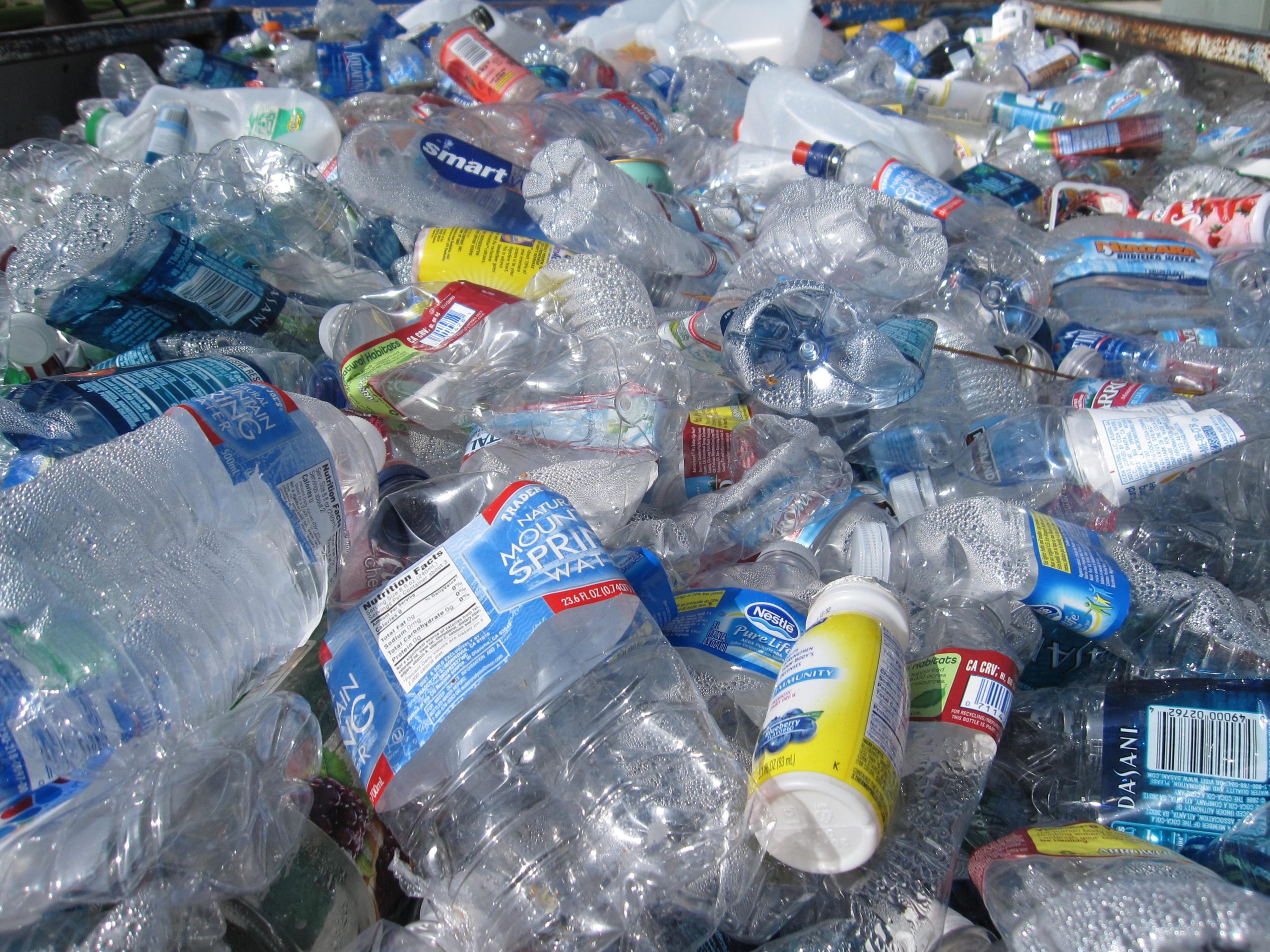According to the United States Environmental Protection Agency, the United States generates almost 80 million tons of packaging waste each year. When landfilled or incinerated, this waste pollutes the environment and poses health risks to humans and wildlife. Packaging is also the primary source of plastic pollution that is clogging the ocean.
What Should Businesses Know About Packaging Waste?
Packaging waste and byproducts generated by production and manufacturing facilities continue to pose challenges for even the most resourceful environmental managers. As one of my colleagues pointed out to me many years ago, “The insult of packaging waste is that you’re paying for it twice: once when you buy it and then again at the disposal. And we’ve discovered that traditional “disposal,” i.e., landfill or incineration, is expensive and unsustainable.
The good news is that more and more consumers, investors, and companies recognize this and take decisive action to help mitigate the expense, risk, and long-term environmental costs of their packaging. When thinking about circularity, packaging is now increasingly recognized as a resource to manage for maximum value instead of a “waste” to be buried in a landfill.
The more common packaging waste that plant environmental managers are facing includes pallets (both wood and plastic), cardboard (OCC), stretch film (LDPE), plastic crates (HDPE), and other plastics, including polyethylene liners and bags (PE), Styrofoam (EPS); polystyrene (PS), and polypropylene (PP) containers. While this list is not comprehensive, it hits the more common varieties.
How Can Businesses Reduce Packaging Waste?
At the time of this writing and since the new year, the market value for all these commodities has been rising steadily. So now may be the time to reexamine what’s going into the trash compactor and what can be diverted to create an additional revenue stream for your facility and add to your company’s sustainability bona fides. The key, in any case, is going to be volume. If the plant has enough space or an extra dock door to park a trailer and can hold off shipping units reaching truckload quantities, then the top dollar may be commanded as the unit cost of transportation is reduced. Begin by estimating how much the plant generates. If it’s significant, a quick Google search for area recyclers is in order.
If floor space or dock doors are unavailable, a “combo load” may be a solution. Combo loads are multiple commodities shipped in the same trailer to a recycling facility where they are sorted, consolidated, and sent to processors specializing in each commodity type. While the revenue is usually less than that realized in full truckloads, the avoided disposal costs and improved environmental performance are typically sufficient to justify the effort. Again, there may be recyclers in your area who can provide this service for you. Are you ready to help reduce packaging waste within your company? Contact Cumberland Recycling! We are here to help you create a strategic plan to make your recycling goals successful!

